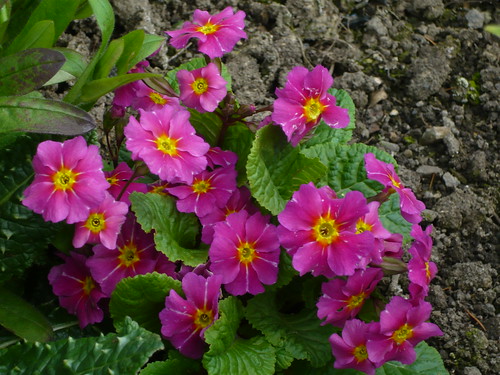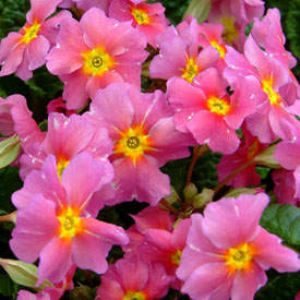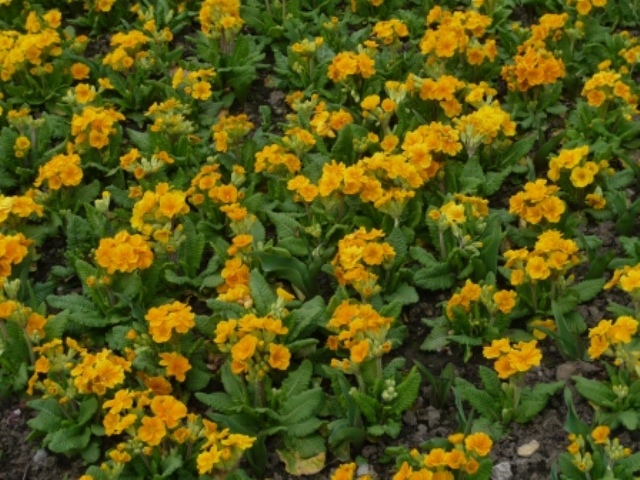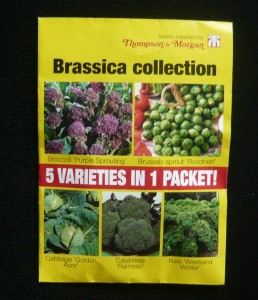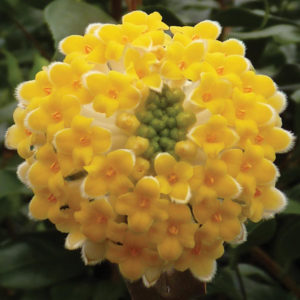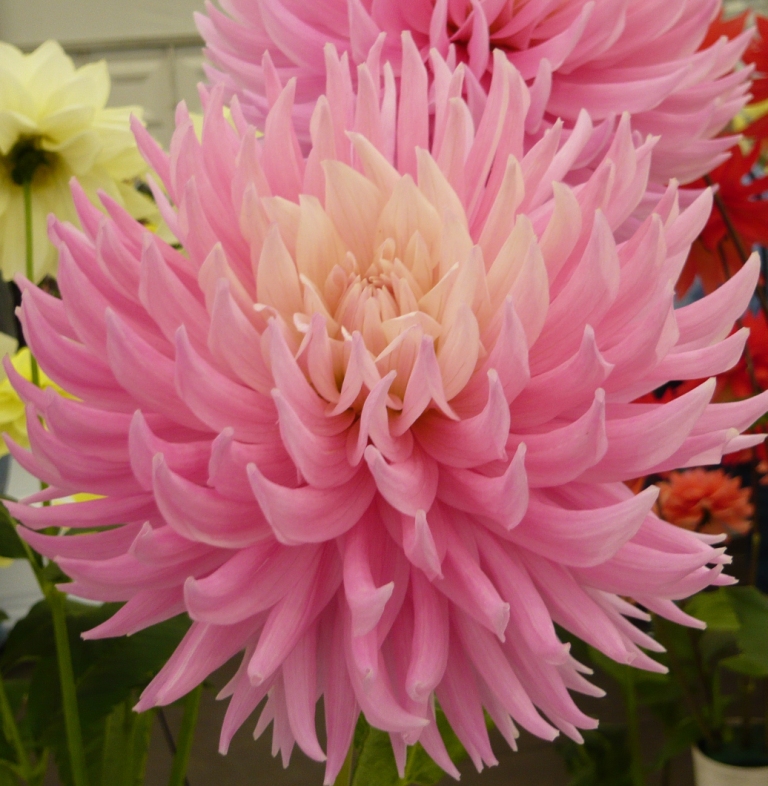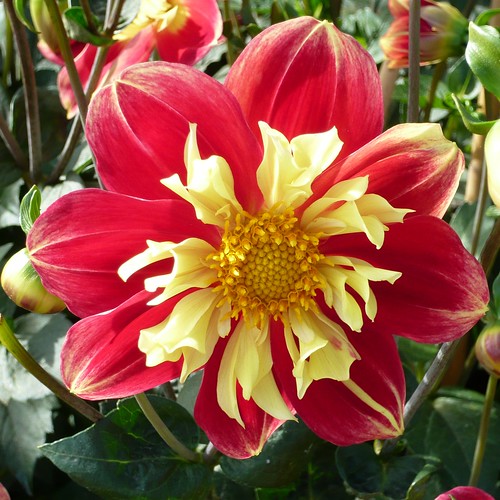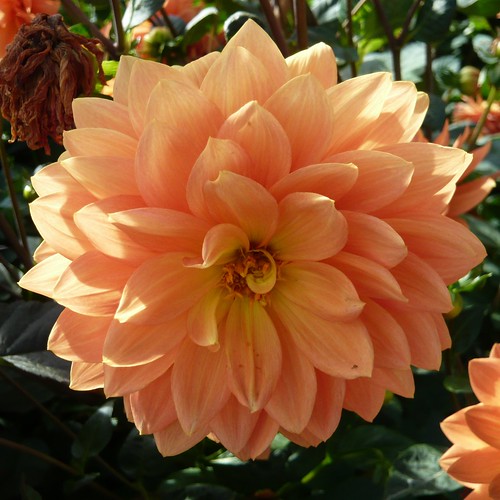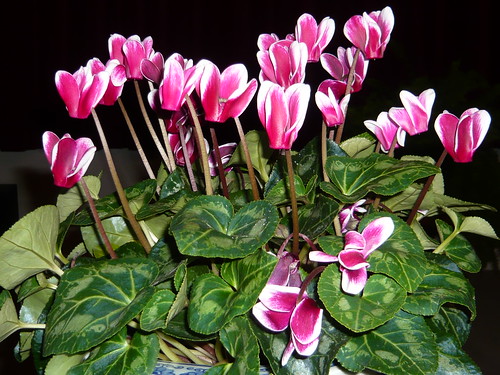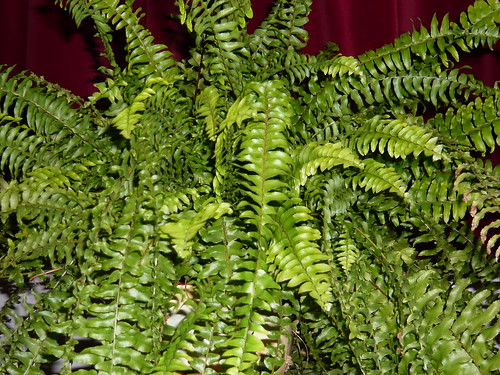Primula, Primroses and Polyanthus
‘Kinlough Beauty’ is an exceptionally hardy Primrose from the Primula family. . To maintain vigour divide ‘Kinlough Beauty’ every couple of years or so after blooming. This is when your free plants arise. I have just got nine new healthy plants from one clump. Other primroses can be divided in a similar manner.
Gardeners Tips
To divide a primrose separate new crowns with some roots from the old root. Pull apart or prise loose with two forks back to back.
Alternatively take divisions with a trowel whilst plants are still in the ground for more reliable performance.
Do not split into too many divisions as they take longer to establish.
Plant firmly in soil and keep moist as new roots are established.
Kinlough Beauty is a hardy evergreen or semi-evergreen Juliana cultivar with deep green, oval leaves 6 inches long. Plants produce loose clusters of wine red to rose-pink yellow eyed flowers held above a mound of foliage.
Plant labeling of primrose family can be a bit hit and miss. …
